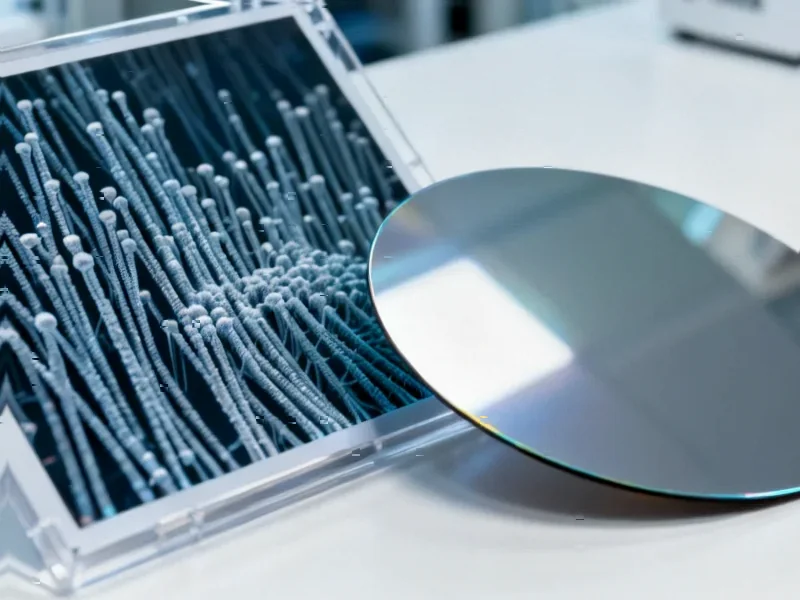According to Semiconductor Today, MACOM Technology Solutions has landed an exclusive license to manufacture products based on HRL Laboratories’ proprietary 40nm T3L gallium nitride-on-silicon carbide process technology. The Lowell, Massachusetts-based semiconductor firm will work with HRL to rapidly transfer this advanced process from HRL’s Malibu facility to one of MACOM’s US Trusted Foundries. The T3L technology features a proprietary epitaxial structure and advanced gate design optimized for millimeter-wave frequencies. This process was matured by HRL under the Department of Defense’s STARRY NITE program and DARPA’s DREaM program, with additional funding from HRL’s owners Boeing and General Motors. MACOM president Stephen Daly calls T3L “one of the most advanced high-frequency semiconductor processes in the industry” and expects it to enhance their portfolio and accelerate their technology roadmap.
<h2 id="defense-tech-goes-commercial”>Defense tech goes commercial
Here’s what’s really interesting about this deal. MACOM wasn’t even part of the original DARPA and DoD programs that developed this technology. They’re basically getting to commercialize years of taxpayer-funded research without having done the heavy lifting. Daly basically admits this when he says MACOM and its customers will “soon be the beneficiaries of the results.” That’s a pretty sweet deal for them.
But let’s be real – this is how defense tech often trickles down to commercial markets. The government funds the risky R&D, then companies like MACOM figure out how to manufacture it at scale. The question is whether they can actually make this technology affordable enough for broader commercial applications beyond defense.
What this means for markets
This could be a game-changer for millimeter-wave applications. We’re talking about everything from 5G infrastructure to advanced radar systems and satellite communications. The 40nm T3L process is specifically designed for high-frequency performance and reliability – exactly what you need when you’re pushing into those millimeter-wave bands where signal integrity becomes a real challenge.
For defense contractors and commercial wireless companies, this means access to more advanced GaN-on-SiC technology from a trusted US supplier. And given the current geopolitical climate, having domestic manufacturing capability for advanced semiconductors is becoming increasingly important. MACOM’s US Trusted Foundry status suddenly looks like a pretty valuable asset.
The bigger picture
Look, HRL Labs has been developing GaN-on-SiC technology for years – they’ve got deep expertise here. But they’re a research lab, not a volume manufacturer. This partnership makes perfect sense for both sides. HRL gets their technology into production, and MACOM gets to leapfrog competitors with advanced process technology they didn’t have to develop from scratch.
The real test will be how quickly MACOM can ramp production and whether they can deliver the cost-performance that commercial markets demand. Defense applications can tolerate higher prices, but if they want to compete in commercial 5G or satellite markets, they’ll need to hit aggressive cost targets. Still, having exclusive rights to this technology gives them a serious competitive edge in the high-frequency semiconductor space.




